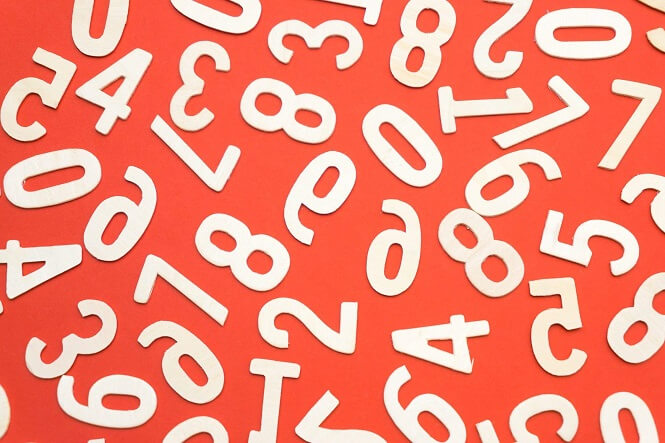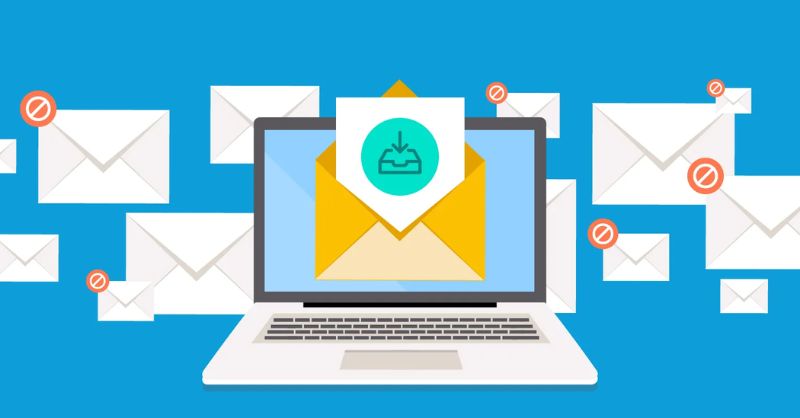What are the milestones of adulthood? There might be variations in the answer, but there are many similarities as well. For example, learning driving and getting licensed is one of the most relevant answers in the set in today’s context. So how to pass Driving Theory Test is a question that most of us have sought answers to at some point.
Are you overwhelmed thinking about how to pass Driving Theory Test? Or how long does it take to pass the driving theory test? If you are, then here is a list of the top 10 tips on how to pass Driving theory test for making the journey easy for you to understand.
Table of Contents
Long-term preparations before the exam
Charles Dickens was on point when he said, “Procrastination is the thief of time.”
For passing the driving test theory exam at one go, if you start preparing with a substantial amount of time in hand, you will barely sense any stress. The following tips will help you take the correct steps on a long-term basis if you plan to become licensed for driving.
1. Do your best in learning the Highway Code.

Do you trust anyone more than the DVSA (The Driver and Vehicle Standards Agency) itself when you want to learn about driving? Probably not. Starting from the book that they publish for learning about driving is the best way you could begin. For kickstarting your learning on how to pass your driving theory test, grab your copy of The Highway Code without delay.
There are multiple sections in The Highway Code for covering each topic on how to pass Driving Theory Test meticulously. Having a well-balanced grasp of these sections is essential. Instead of cramming as the exam day keeps getting closer, investing your study hours from before will keep away a lot of stress.
It’s understandable if you find this to be tedious. But for learning how to pass Driving Theory Test, the effort is worth it. Ultimately it’s this knowledge that will help you on the roads for the rest of your life.
2. Make practice tips on the road.
Ingesting all the books in the world is one thing while solving real-life problems is another. The real deal here is, how well do you understand the roads?
Complement your road practices with your study sessions, and you will have the killing combo for acing the test. Forget one, and you are keeping holes in your learning how to pass Driving Theory Test. Don’t forget to recall your lessons from ‘The Highway Code’ and relate them to your real-life practice while you are hitting the roads.
While making your practice trips, taking someone experienced with driving is an excellent way to boost your learning. Take help from your driving buddy or guide to hone your eyes in spotting hazards and reading road signs. On that note, keeping the official ‘Know your traffic signs’ handbook in your collection is a must.
3. Download the DVSA test theory kit app on your phone.

So sifting through hundreds of pages for a test isn’t your thing? Does a mobile device app sound like a good idea? Then again, spammy applications have mushroomed the internet all over. What to do?
The best alternative that instantly comes to mind is the official application by DVSA, so you can let go of legitimacy concerns. The DVSA Test Theory Kit app has a range of features that will prepare you for the MCQ and the Hazard perception parts alike. Their comprehensive layout covers everything you need to know on how to pass Driving Theory Test.
The app covers mock tests, official questions, solutions and explanations, study guides, and the Highway Code for the MCQ test part. The Hazard perception part is well complemented with interactive practice tests. You can also track progress and get reminders on your test exam for staying alert and prepared.
4. Make mock tests your best friends early on.
Attending mock tests from an early stage will help you put your tedious study efforts into perspective. Other than that, grinding over dry theories for hours can erode your motivation.
Mock tests will help you achieve the time management skills you will need in the high-pressure situation in your exam hall. The question pattern and essential areas of the syllabus will soon come within your grasp too.
If you aim for a number, around five to six mock tests will do the work, hopefully. For each mock test, strive to leave about 5-10 minutes of spare time at the exam end, and don’t forget to identify your weak areas and work on them soon.
Short-term preparations as the exam loom close.
So is your driving theory test knocking at the door?
You probably already know a lot about how to pass the Driving Theory Test by now. But who doesn’t get shaky when the real exam time shows up? Irrespective of how well you have prepared before, go through the following steps if the exam is close already.
5. Book the test.
Before you can sit for the exam, you will have to book a test beforehand from the website of DVSA. The booking needs to be completed at least around two weeks before the exam. The procedure roughly takes ten minutes. Get three pieces of information before starting the form-filling process- your email, your driving license number, and your debit/credit card number.
You have the flexibility to choose from nearly 160 test centres and a time of your convenience. So make sure that you book a time and place that’s easy for you. Not keeping other commitments on the day of the test can help in lowering your stress levels.
6. Revise the number-based Q/A well.

For running the 1000 questions in the DSA Theory Test Handbook, you might not have enough time. Focus on the number-based question answers if revision time is an issue.
Examples of number-based questions are-
What should be the distance between your car and another vehicle? (under the mentioned conditions, such as on a slippery road).
What is the highest speed at which you can travel? (under the mentioned conditions such as on a highway, or while towing a truck, etc.).
The day of the ‘Driving theory test.’
So, the big day is here already?
Alright, take a deep breath. Remember all the work you have put into coming this far; just a few more hours of strategic action, and you will be done with this!
What are the right strategies for getting through the day? Go through the following steps for getting a detailed view of that.
7. Carry your provisional licence and facemask

The fee that you need to pay for your driving theory test is £23. Without your provisional licence on your test day, you won’t get permission to sit for your examination. You won’t get a refund for your test fee as well. However, you can book another soon enough, which can be by 72 hours of the exam that you registered for initially.
If you want to cancel your test for any reason, you’ll have to send the cancellation notice at least three working days before the test.
Your provisional licence, face mask, and pen are the only things you need to remember to carry to the exam hall. Due to the ongoing pandemic situation, wearing a facemask to the test is obligatory. Other personal belongings, such as phones, bags, earphones, even watches, are not usually allowed in the hall.
8. Tactics for acing the MCQ Questions-

The driving theory test has two parts- the first is the MCQ questions, and the second is the hazard perception test.
The standard format for the MCQ question paper is- 50 questions, for 57 minutes, with a pass mark of 43. So aiming for spending one minute on each question is a viable strategy. The questions that appear on the exam are taken from a bank of more than a thousand questions.
The first resource to get your hands on for acing this section is the question bank section of the theory test handbook produced by the DVSA. This section has more than 700 questions and can come in handy as your revision material.
The second resource to not forget is the Driving Theory Test 4 in 1 mobile device application. Tweak around in the settings for making sure that you don’t exclude any category of questions during practice. Unseen questions, frequent mistakes, etc., can be included or excluded with the help of the setting button.
9. Ways to deal with the tricky questions-
Remember that however strong or weak your preparation for the MCQ section is, it is a pressure test at the end of the day. Fifty-seven minutes is all you get for answering 50 questions. How you perform in the hall boils down to the time game.
So if you don’t feel confident to answer a question, flag it instead of wasting time trying to recollect the answer for too long. You can revisit the question later for answering.
10. Tactics for acing the Hazard perception test-
The second and more close-to-reality part of the driving test is the Hazard perception test. The hazard perception test design consists of fourteen videos, each a minute long. Each clip features one hazard, and one special video, which will not be mentioned in the test, features two. So you will need to stay more alert in each video not to miss the one with the two hazards.
In this test, you will have to detect the hazards. As soon as you notice a hazard, you will have to click the mouse. The earlier you detect the hazards, the better you score. Five is the highest score assigned for each hazard. Thus, the total score for this section is 75, and for passing, you have to secure at least 44 marks out of 75.
There is a multitude of options available for getting started with the Hazard perception test practice. There are online videos, free practice apps and interactive programs for many platforms. If you feel overwhelmed with the availability of options, you can start with the official DVSA Theory Test Kit app.
Related:
1. 20 Essential Car Maintenance & Repair Tips in 2021A
2. Beginners’ Guide on Car Mechanic Apprenticeship
Parting note
Earning your driving licence can be a painstaking process.
Organising all of it on your own can be tasking and confusing. You can at least take the burden of planning on your own off your shoulders. Learning with many other driving aspirants here at your own pace should make it a lot easier.
Have all the fun while learning for the driving theory test. Good luck on getting licensed and hitting the roads soon!








 June 08, 2021
June 08, 2021








